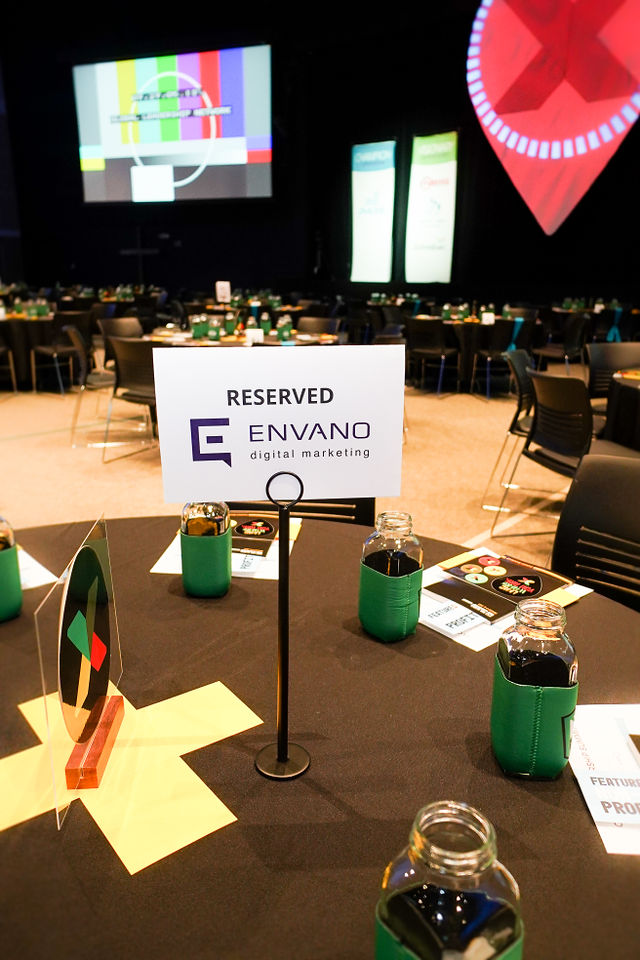Published: January 22, 2014
As interactive business becomes an important competitive element in many industries, digital projects – websites, mobile apps, social return – are getting larger, touching more parts of the organization, and posing a greater risk if something goes wrong. Unfortunately, things often do go wrong.
In research conducted in collaboration with the University of Oxford, McKinsey & Company suggests “half of all large interactive projects—defined as those with initial price tags exceeding $15 million—massively blow their budgets. On average, these large projects run 45 percent over budget and 7 percent over time, while delivering 56 percent less value than predicted.”
So how can you maximize the success of interactive projects, ensuring they deliver the highest value on time and in budget? The following are considerations to take throughout the process, from strategy to build to launch.
- Make sure you are realistic about timelines. Start here. Don’t go further if you have any inkling that you are pressing for too much in too little time. If you expect things in a rush atmosphere, you’re likely to see a rush charge as well as higher risk for mistakes.
- Schedule enough time to complete tasks well. Sync up with your client, agency, or partner’s schedule. Work closely with partners to make sure everyone is on the same timeline. This must include a discussion emphasizing the fact that if one portion or person is delayed, the rest of the project will react accordingly. From an agency perspective, it is often more costly if delays happen on the client side. Things push out and are already scheduled with overlap and the only solution is to “sneak time” for project completion.
- Spell everything out, so there aren’t any surprises. A common understanding is required. For example, if the client does delay the project, they need to exert a little flexibility and understanding when it comes to launch dates and project investment. If the provider is the problem, they need to offer a clear description of why the project is delayed or what went wrong. Clear communication is key.
- Factor in time for surprises. Changes that pop up in the middle of the project that weren’t agreed to can throw everything off whack – but this usually happens 40%-50% of the time.
- Have a contingency plan if things don’t go as scheduled. Things will go wrong, it’s inevitable. Have an agreed upon plan in place if delays occur or setbacks arise. Remember, the goal is to launch something of high value in a reasonable timeline. Keep that goal in mind so things don’t get rushed if something small does not go as planned.
- Use a project management tool to help with scheduling. Keep team members on schedule and aware of project process among the team. A good project management tool is essential because…
- Little details matter.
- Hold an “end of project” wrap up. Post launch of any interactive project, hold a wrap up or 360 to gather the entire team (both client and partner) and discuss what went well, what didn’t go as planned, and how to adapt for future efforts.
In many situations the little things go a long way. The next time you find yourself in the throes of a demanding, high priority, or high value project – spend a little more time planning and a little less time jumping in head first.







